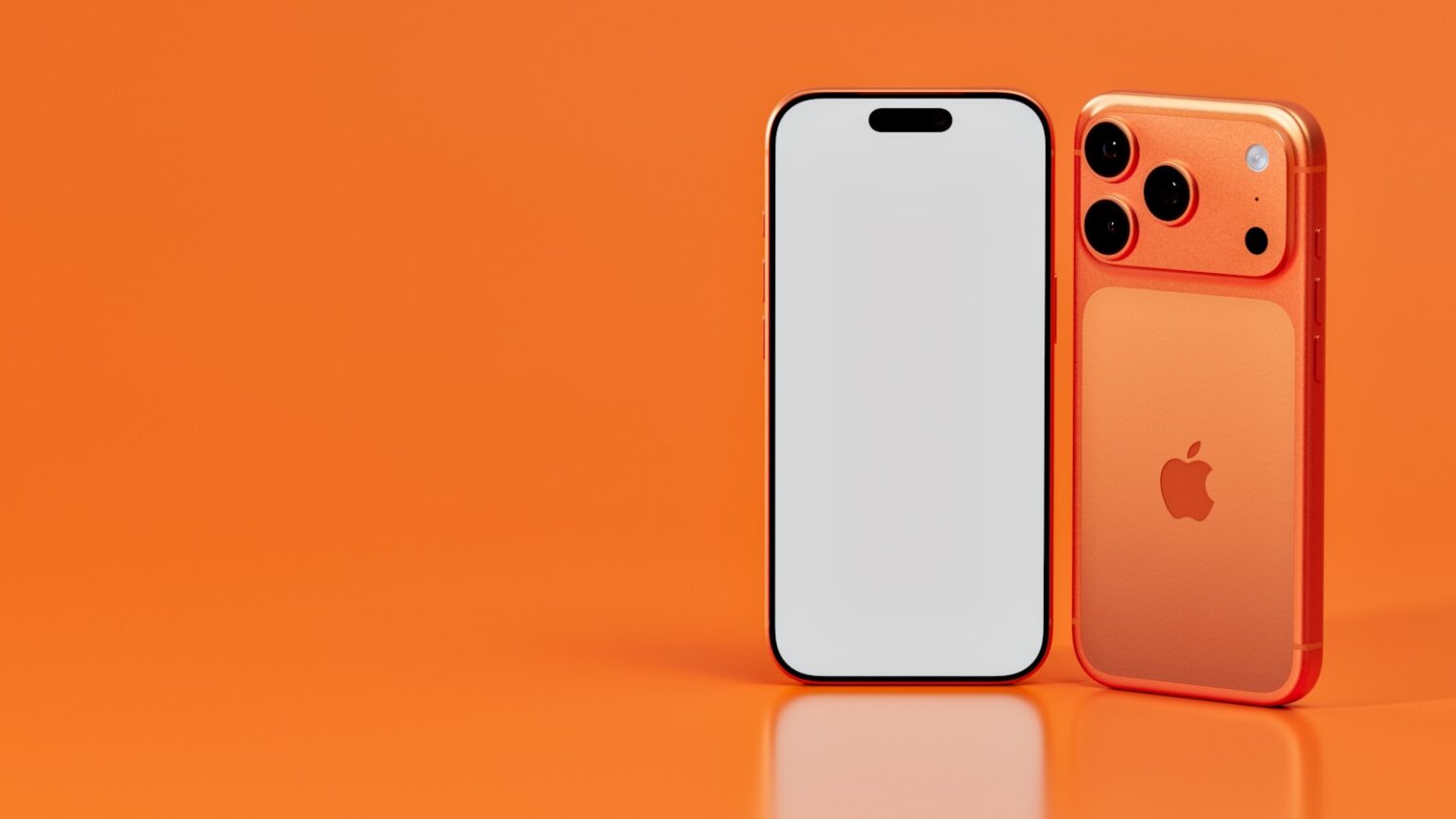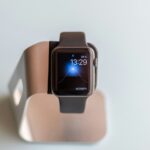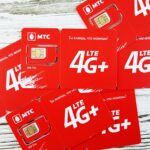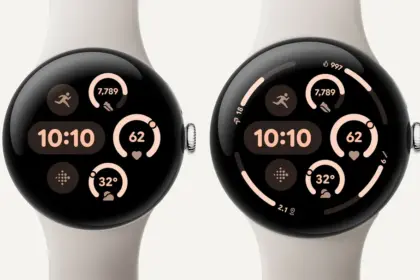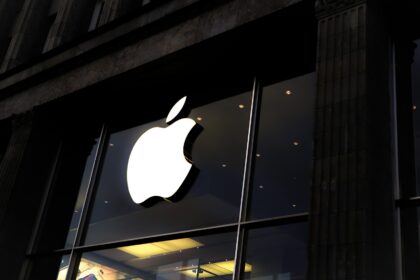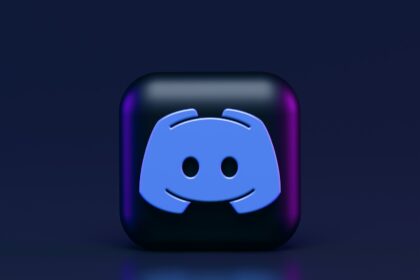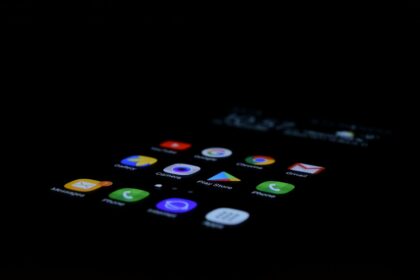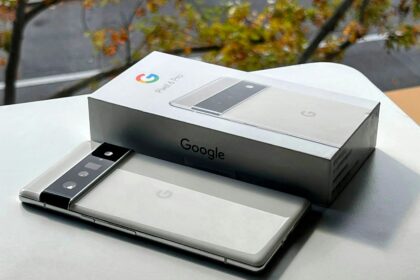Apple just dropped the most exciting iPhone in years. The iPhone 17 isn’t just another incremental upgrade – it’s the phone that finally brings Pro-level features to everyone. For the first time since the iPhone’s debut, the base model gets features that were previously locked behind Apple’s expensive Pro paywall.
Finally, 120Hz for everyone
The biggest news is something Apple should have done years ago. The iPhone 17 is the first base model iPhone to feature a 120Hz ProMotion display. This means scrolling through your social media feeds, browsing websites, and playing games will feel incredibly smooth.
Until now, you had to spend at least $999 for a Pro model to get this fluid display experience. Android phones under $300 have offered 120Hz displays for years, making Apple’s restriction seem antiquated. The iPhone 17 finally ends this artificial limitation.
The display isn’t just faster – it’s also bigger and brighter. Apple increased the screen size from 6.1 inches to 6.3 inches while keeping the same phone dimensions. Peak brightness jumps from 2,000 nits to 3,000 nits, making the phone readable even in direct sunlight.
The screen uses LTPO technology that can drop to 1Hz for static content and ramp up to 120Hz when you interact with it. This smart refresh rate adjustment helps battery life while delivering that smooth experience everyone loves.
Doubled storage, same price
Here’s another win for consumers. The iPhone 17 starts with 256GB of storage for the same $799 price as the iPhone 16’s 128GB model. Apple essentially doubled your storage space without charging extra.
This change makes perfect sense in 2025. Photos from the 48MP camera take up more space, and 4K videos can quickly fill 128GB. The iPhone 17 also comes in a 512GB option for $999.
Camera upgrades across the board
Apple made significant camera improvements to the iPhone 17. The main 48MP camera remains the same reliable F1.6 sensor, but the ultrawide camera gets a massive upgrade. The new 48MP ultrawide camera replaces the old 12MP sensor, giving you four times more detail in wide shots.
The front camera receives an even bigger boost. Apple upgraded the selfie camera from 12MP to 18MP with a unique square sensor design. This square sensor enables a clever trick – you can take landscape selfies while holding your phone vertically.
The new front camera includes Center Stage technology from iPads, which automatically keeps you centered in video calls as you move around. This makes video calls much more professional and engaging.
Blazing fast A19 performance
The iPhone 17 runs on Apple’s new A19 chip built on an advanced 3-nanometer process. In Geekbench 6 benchmarks, the A19 scores 3,608 in single-core and 8,810 in multi-core tests.
This puts the iPhone 17 ahead of most Android flagships in single-core performance. The A19 also includes a 5-core GPU with hardware-accelerated ray tracing, bringing console-quality graphics to mobile gaming.
The chip comes paired with 8GB of RAM, which is the minimum required for Apple Intelligence features. While Pro models get 12GB of RAM, 8GB proves more than adequate for daily use.
Much faster charging at last
Apple finally addressed one of the iPhone’s biggest weaknesses – slow charging speeds. The iPhone 17 supports 40W wired charging, double the iPhone 16’s 20W speed.
In real-world testing, the iPhone 17 charges to 67% in just 30 minutes. A full charge takes 1 hour and 16 minutes compared to 1 hour and 42 minutes for the iPhone 16.
Apple’s new 40W Dynamic Power Adapter costs $39 and can briefly peak at 60W for compatible devices. However, you don’t need Apple’s charger – any USB-C PD charger rated at 40W or higher will deliver similar fast-charging speeds.
Controversial iOS 26 and Liquid Glass
The iPhone 17 ships with iOS 26, featuring Apple’s biggest interface redesign in over a decade. The new Liquid Glass design language adds translucent, glass-like effects throughout the interface.
Liquid Glass affects everything from app icons to system controls, buttons, and navigation bars. The design aims to create a more fluid, depth-aware interface that reacts to light and content underneath.
However, the reception has been mixed. Many users complain that Liquid Glass makes text harder to read and icons appear blurry. Apple allows some customization, including transparent app icons that show your wallpaper underneath.
Better battery life and build quality
Despite the larger, faster display, the iPhone 17 maintains solid battery life. The 3,692mAh battery provides up to 30 hours of video playback. In real-world testing, the phone delivers around 6 hours and 13 minutes of mixed usage.
The iPhone 17 features improved Ceramic Shield 2 glass that offers three times better scratch resistance than before. The aluminum frame and matte glass back provide a premium feel while keeping fingerprints away.
Color options and availability
Apple offers the iPhone 17 in five attractive colors: Black, Mist Blue, Lavender, Sage, and White. The Sage color stands out as particularly appealing with its sophisticated pastel tone.
Pre-orders began September 12, 2025, with general availability starting September 19. The iPhone 17 works with all major carriers and supports 5G connectivity worldwide.
How it compares to competitors
The iPhone 17 faces strong competition from Android flagships. Google’s Pixel 10 achieves higher peak brightness, while Samsung’s Galaxy S25 offers faster charging speeds. However, the iPhone 17 excels in sustained performance and camera consistency.
The A19 chip delivers better single-core performance than Qualcomm’s Snapdragon 8 Elite, though Snapdragon wins in multi-core benchmarks. For most daily tasks, the iPhone 17’s performance feels snappy and responsive.
Should you upgrade?
The iPhone 17 represents Apple’s best value proposition in years. If you’re using an iPhone older than the iPhone 15, the upgrade is absolutely worth it. The 120Hz display alone makes older iPhones feel sluggish by comparison.
iPhone 16 owners might want to wait, as the improvements, while significant, may not justify the upgrade cost. However, anyone with an iPhone 13 or older will notice dramatic improvements in every area.
The bigger picture
The iPhone 17 marks a turning point for Apple’s smartphone strategy. By bringing Pro-level features to the base model, Apple acknowledges that artificial feature restrictions no longer make sense.
For the first time in years, most people won’t need to consider the expensive Pro models. The iPhone 17 delivers flagship performance, excellent cameras, and premium features at a reasonable price.
This is the iPhone that finally makes the Pro models feel unnecessary for average users. Unless you absolutely need the telephoto camera or 4K 120fps video recording, the iPhone 17 gives you everything you want in a modern smartphone.


